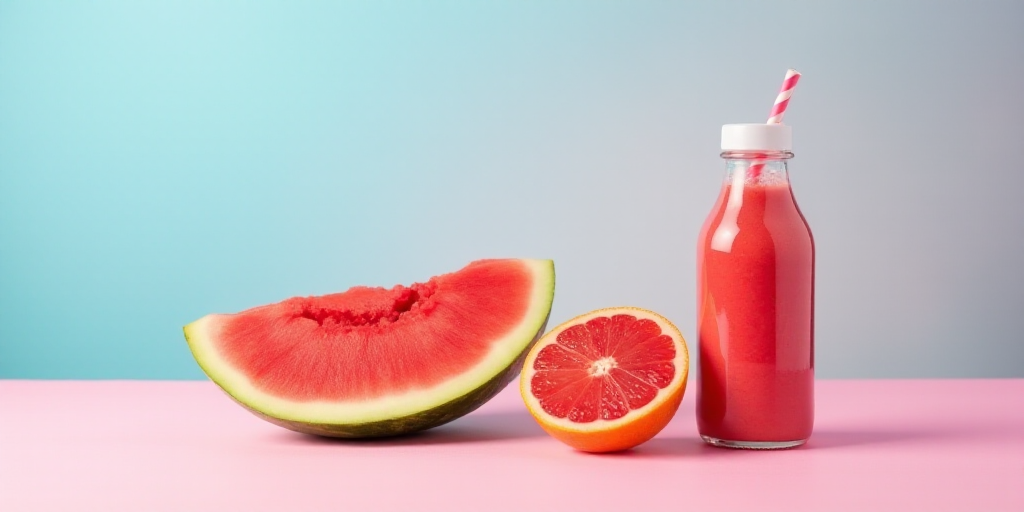In Mexico, Juices Reflect Lifestyle, Budget, and Cultural Identity
Juices are an integral part of daily life in Mexico, appearing in markets, food stalls, offices, gyms, homes, and even traffic lights. They serve as morning medicine, family heirloom, and a symbol of health aspirations.
Two Colors Dominate the Morning Conversation
While there are countless possible combinations, two colors dominate the breakfast conversation: green and red juices.
Green Juice Enthusiasts
The green juice, with its blend of celery, spinach, pineapple, and prickly pear, is favored by those seeking body detoxification and starting the day with alkaline energy. It represents a modern urban wellness trend with a certain aspirational allure.
- Taste: Fresh, herbaceous, and slightly acidic.
- Price: Ranging from 38 to 100 pesos in Mexico City, depending on the vendor and additional ingredients.
This juice reflects a lifestyle concerned with internal cleansing, organic choices, and functional benefits from the prickly pear and celery.
Red Juice Devotees
The red juice, a classic of food stalls, has accompanied generations. It combines carrot, beetroot, apple, and orange into a sweet, dense, and vibrant mixture. It’s rich in antioxidants, vegetable iron, and vitamin A.
- Association: Family breakfasts, worker’s morning routine alongside coffee and bolillo, and those prioritizing taste and energy over trends.
- Price: Between 25 and 80 pesos per glass.
The red juice symbolizes energy, tradition, and immediate flavor.
Which Juice is Best for Your Body?
From a nutritional standpoint, both offer genuine benefits if prepared without added sugar and consumed in moderation.
- Green Juice: Low glycemic index, fiber intake (if not strained), and digestive benefits from prickly pear and celery.
- Red Juice: More antioxidants like betalain from beetroot and vitamin A from carrot, ideal for strengthening the immune system.
Nutrition experts recommend rotating them, as neither is universally superior. Both can be part of a balanced diet if paired with a complete breakfast and not replacing whole fruit consumption.
Your Juice Choice Speaks Volumes
The juice you start your day with says more than it seems. Green suggests a lifestyle focused on internal cleaning, organic choices, and functional benefits. Red evokes energy, tradition, and immediate flavor.
Key Questions and Answers
- Which juice is healthier? Both offer genuine benefits when prepared without added sugar and consumed in moderation.
- Should I choose green or red juice? It depends on your preference for taste, budget, and lifestyle. Green leans towards detoxification and alkaline energy, while red focuses on tradition, energy, and immediate flavor.
- Can I rely on juices for a balanced diet? Juices can be part of a balanced diet if they complement a complete breakfast and don’t replace whole fruit consumption.






